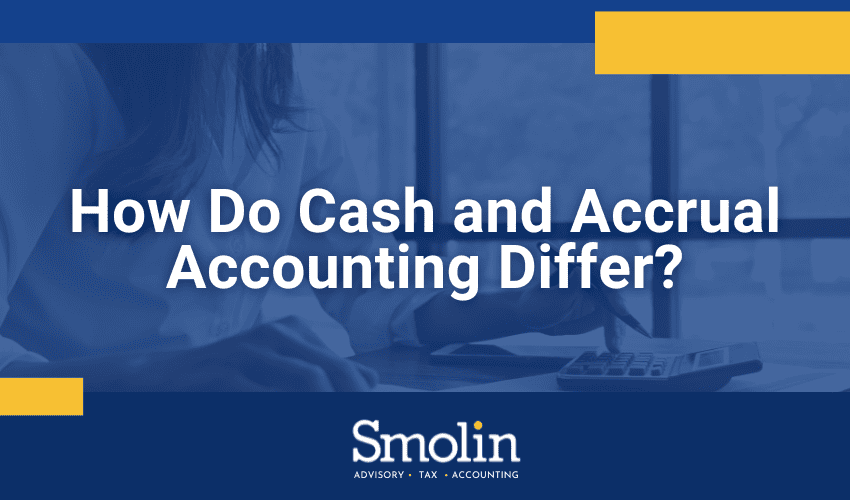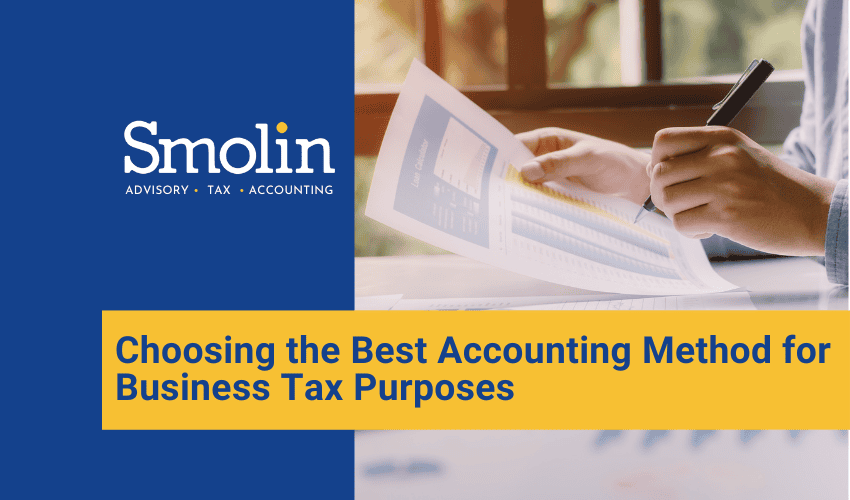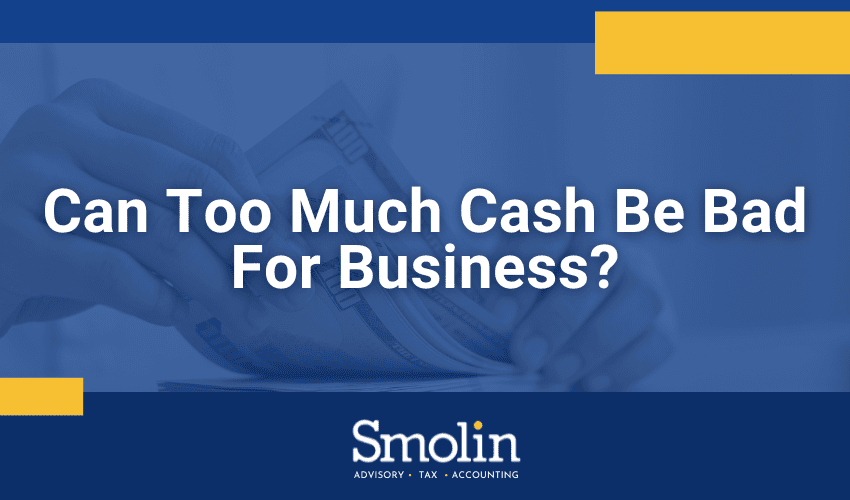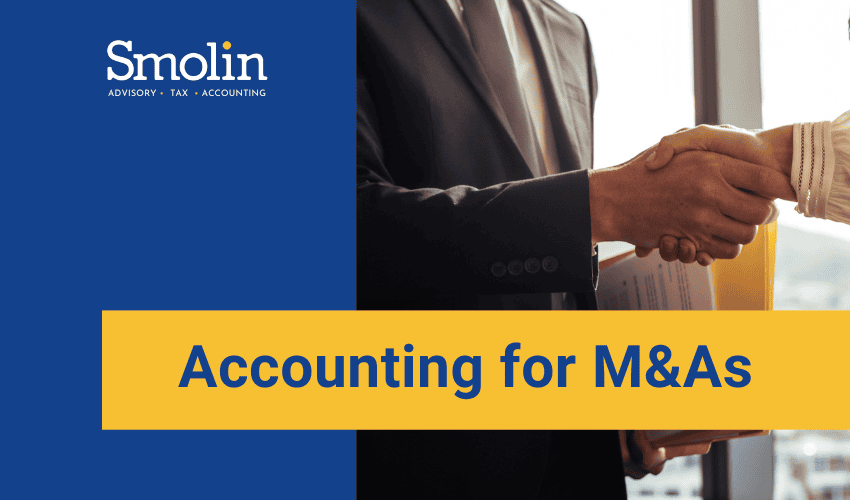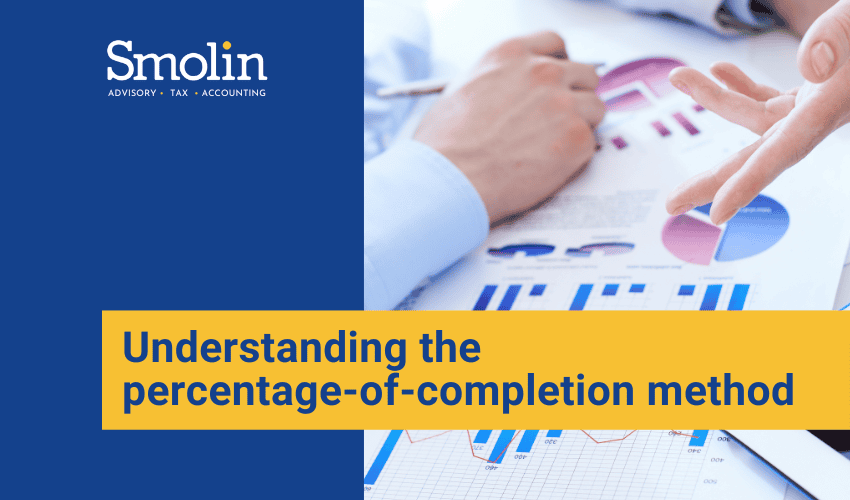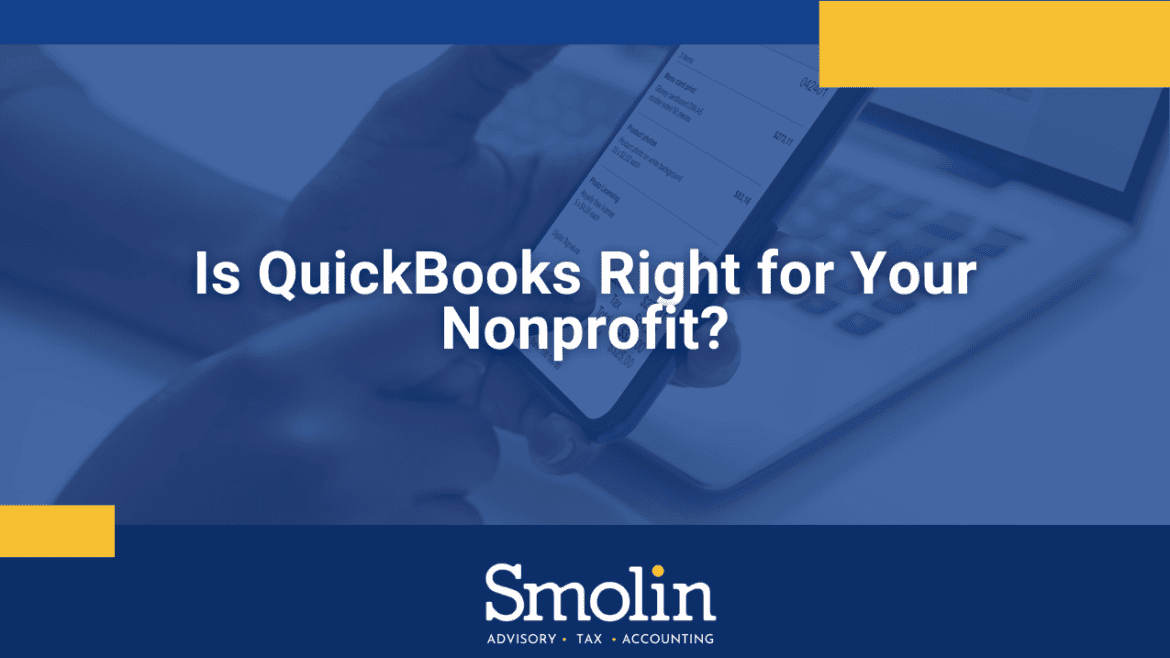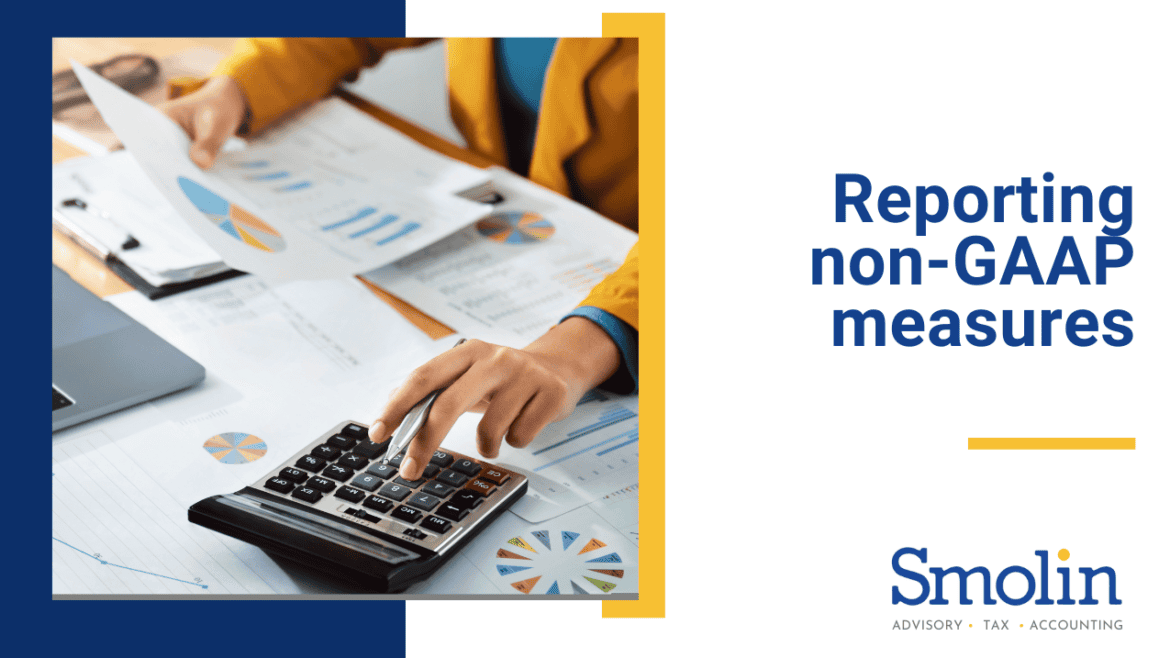Often called the R&D credit, the research and development credit for increasing research activities offers a valuable tax break to many eligible small businesses. Could yours be one of them?
In addition to the tax credit itself, the R&D credit offers two additional features of note for small businesses:
- Small businesses with $50 million or less in gross receipts for the three prior tax years can claim the credit against their alternative minimum tax (AMT) liability
- Smaller startup businesses may also claim the credit against their Medicare tax liability and Social Security payroll
This second feature, in particular, has been enhanced by the Inflation Reduction Act (IRA), which
1. Doubled the amount of payroll tax credit election for qualified businesses
2. Made a change to the eligible types of payroll taxes the credit can be applied to
Payroll election specifics
Limits to claiming the R&D credit do apply. Your business might elect to apply some or all of any research tax credit earned against payroll taxes rather than income tax, which may make increasing or undertaking new research activities more financially favorable.
However, if you’re already engaged in these activities, this election may offer some tax relief.
Even if they have a net positive cash flow or a book profit, many new businesses don’t pay income taxes and won’t for some time. For this reason, there’s no amount against which the research credit can be applied.
Any wage-paying business, however, does have payroll tax liabilities. This makes the payroll tax election an ideal way to make immediate use of the research credits you earn. This can be a big help in the initial phase of your business since every dollar of credit-eligible expenses holds the potential for up to 10 cents in tax credit.
Which businesses are eligible?
Taxpayers may only qualify for the payroll election IF:
- Gross receipts for the election year total less than $5
- Their business is no more than five years past the start-up period (for which it had no receipts)
To evaluate these factors, an individual taxpayer should only consider gross receipts from the individual’s businesses. Salary, investment income, and other types of earnings aren’t taken into account.
It’s also worth noting that individuals and entities aren’t permitted to make the payroll election for more than six years in a row.
Limitations
Prior to an IRS provision that became effective in 2023, taxpayers were only allowed to use the credit to offset payroll tax against Social Security. However, the research credit may be now applied against the employer portion of Medicare and Social Security. That said, you won’t be able to use it to lower FICA taxes that are withheld on behalf of employees.
You also won’t be able to make the election for research credit in excess of $500,000. This is a significant uptick compared to the pre-2023 maximum credit of $250,000.
A C corporation or individual may only make the election for research credits that would have to be carried forward in the absence of an election—not to reduce past or current income tax liabilities.
Questions? Smolin can help.
We’ve only covered the basics of the payroll tax election here. It’s important to keep in mind that identifying and substantiating expenses eligible for the research credit—and claiming the credit—is a complicated process that involves extensive calculations.
Of course, we’re here to help! Contact your Smolin accountant to learn more about whether you can benefit from the research tax credit and the payroll tax election.

